A talk by Hero3a member, Annie Onursan on Friday 10 October, 2014
Why I am interested in herbal remedies
Ten years ago I went to a herbalist in England to resolve some hormonal problems and he prescribed 30 drops to be taken morning and night. After a month or two I felt much better and every month I paid £10 for a tiny bottle.
Three years later I wondered what I was taking, looked it up and found a picture of Vitex Agnus Castus – Hayıt Ağacı. When I returned to Turkey I realised that my garden is full of these bushes.
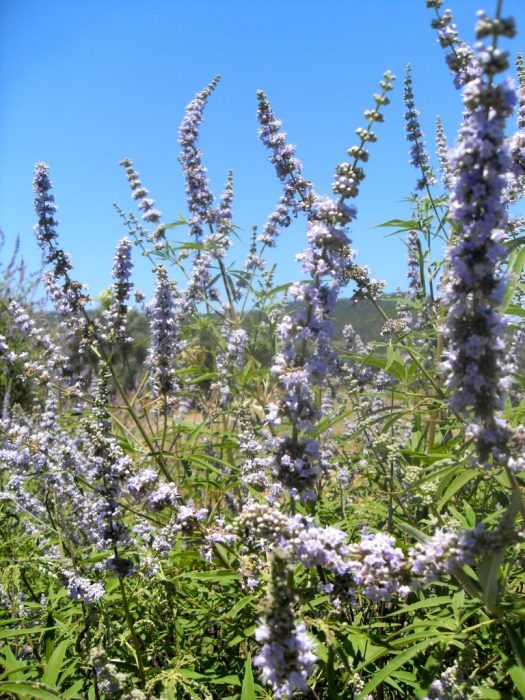
So I decided to make my own extract and found it easy.
- Take the seeds and flowers of the bush
- Bruise with a pestle and mortar
- Add alcohol, glycerine or olive oil
- Leave in a sunny place for six weeks
- Strain and bottle.
If you have travelled out of town anywhere in south-west Turkey you will have driven past this bush. Its blooms can be any shade from pale lilac to a deep purple and it is always buzzing with bees and butterflies. In the villages around Milas its green leaves are boiled to dye the wool for the carpets and its branches were used to make baskets. The leaves can be macerated in oil to make an insect repellent and its many names – Chasteberry, The Chaste Tree, Abraham’s Balm and Monk’s Pepper – refer to its ancient use as a male libido inhibitor.
Research in Germany has proved that this plant, while containing no hormones itself, has a balancing effect on the body’s endocrine system. Taken either dried in capsules or as a tincture every morning, it has been found to reduce the adverse symptoms of menopause. It is one of the most effective herbs for women’s illnesses such as irregular periods, uterus infections and cists. It has also been used to treat kidney and urine infections, insomnia, shortness of breath, loss of appetite and insect stings. In Turkey the seeds and flowers are generally dried and mixed with honey and molasses (pekmez) or made into a tea.
How long have we been using this plant? The history of herbal medicine relies mostly on Theophrastus who lived from 370 to 285 BCE and wrote Enquiry into Plants and Dioscorides who lived in the first century CE and whose systematic listing of herbal remedies has influenced medicine to this day.
From Dioscorides we learn that that this shrub was sacred to Hera, the goddess of women and marriage, and the seeds both reduced natural inclinations and was an aphrodisiac. He then gives a long list of diseases it treats.
Having found this medical marvel in the garden, I decided to look around for another.
We have many olive trees and we all know that olive oil is good for us. But have you used the leaves?
Olive leaves
In the early 20th century a bitter compound called oleuropein was discovered in olive leaves and in the past 20 years this substance has undergone considerable research. This research has revealed positive results in boosting the immune system against both viral and bacterial attack, promoting increased energy levels, strengthening the cardiovascular system and helping ease aching muscles.
As the winter cold and flu season approaches, I produce my own olive leaf extract. The easiest method is to collect a handful of leaves from trees that haven’t been sprayed, chop and infuse in almost boiled water for five minutes, strain and drink. The leaves can also be dried and made into tea. It is not a very pleasant taste but it improves with a teaspoon of honey.
The second way is to steep the leaves in alcohol or glycerine to make a tincture. I pop a few handfuls of leaves into a blender then push them into a clean glass bottle and fill it up with vodka. I turn it every day and keep it in a dark place and after six weeks I should have my tincture. Half a teaspoon morning and night seems to be the recommended dose, although taking more than 100 times this amount shows no harmful effects. I don’t take it all the time, just when I feel a cold or sore throat coming on.
This formula can now be bought over the counter in pharmacies in the UK. What else is in the garden?
Pine trees – Çam ağacı
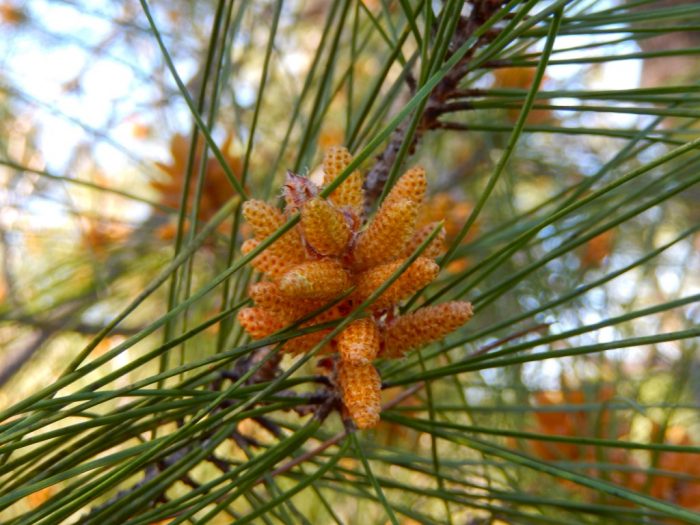
In spring, for about one week, my garden is covered with yellow dust. It is thick and oily and turns the swimming pool yellow. You will also see it on the coast at Mazı and Çökertme. It looks as if yellow paint has been thrown into the sea. It is not paint, it is pine pollen.
Despite living with this phenomenon for more than thirty years I had never thought to do any research until this year. I’ve been completely amazed by the properties of pine pollen. Am I the only person in the world who has been tipping this golden dust into the bin, while a 50g packet is selling for a minimum of $15? Just think of the income I’ve thrown away.
Pine pollen has been used as an anti-ageing food in China and Korea for thousands of years but it is only recently that research has shown why. Here is a brief summary.
The plant produces sterols that are close enough to our hormones to have a similar effect when taken by humans. It is an androgenic herb which will increase our four main androgens: androsterone, androstenedione, DHEA and testosterone. It contains Vitamins A, B1, B2, B3, B6, folic acid, D, E plus most of the minerals and more than twenty amino acids, making it a complete protein. It is claimed to increase immune and endocrine function, reduce sensitivity to pain, lower cholesterol, stimulate rejuvenation, and act as an anti-inflammatory, anti- arthritic and anti-viral.
Gentlemen interested in its testosterone increasing properties should make it into a tincture by infusing with alcohol. A commonly found recipe suggests adding the pollen to equal amounts of vodka at the new moon, leaving until the next new moon and then straining it through an unbleached coffee filter. Made into a cream, it is said to improve eczema, acne and impetigo.
The rest of us can just add the raw pollen to our food. So far I haven’t found any dosages mentioned so I don’t recommend trying this at home without further research. Next year I won’t be complaining at the mess, I’ll be out with a large stick and bag collecting my own supply of miracle dust.
You will see jars of pollen for sale in the markets or by the side of the road. This is pollen collected from the legs of bees and will be a mixture of all the plants and flowers in the area.
Pine Bark – Çam Kabukları
In 1554, French explorer Jacquie Cartier, found his ship stuck in ice on the St Lawrence River in present day Canada. Having no fresh supplies, his crew were dying of scurvy. A Native American showed him how to make tea from pine tree bark and many of his sailors recovered.
In 1951, a French researcher read accounts of this trip and began to investigate. He extracted proanthocyanidins from the bark of the European Coastal Pine, patented the process and called the compound pygenol. This compound is also found in grape seeds. Pygenol is an antioxidant. Tests a have found it beneficial for:
- Arthritis
- Complications of diabetes
- Cancer
- Heart disease
- Circulation problems
- Varicose veins
The extract is sold as a dietary supplement. You may not want to eat your pine trees but maybe we shouldn’t spit out grape pips.
An easy plant to grow in your garden is Bitter Gourd. In Turkish it is known as Her Derde Deva – an answer for every problem, a universal cure.
It is a large vine plant that can grow to five metres. The fruit is an exotic bright orange and very bitter. It is rare to see the fruit on sale but you will see it bottled in olive oil. It is used here to treat any problems of the stomach, especially acidity and ulcers. It is also used on the skin to treat ulcers and rashes.
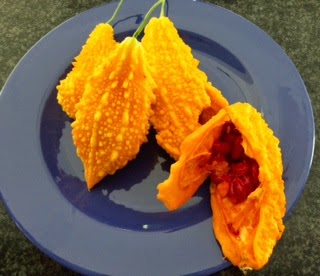
It is a favourite ingredient in far-eastern cooking. They use it green, before it turns orange and too bitter and it is claimed to prevent diabetes.
My daughter was prescribed Metformin to lower her insulin levels and this drug has horrible side effects so I looked for a natural alternative and the first on the list is bitter gourd. In controlled tests, bitter gourd proved to be almost as effective as Metformin at reversing insulin resistance and lowering blood sugars. If you are diabetic or taking Metformin only use bitter gourd in consultation with your doctor as it could lower your sugar levels too much.
For those struggling with excess weight, this vegetable can help you control your appetite as keeping insulin levels balanced helps control hunger.
A new study has shown that the juice of bitter gourd markedly suppresses the growth of pancreatic tumours in mice by disrupting the cancer cells’ metabolism of glucose, literally starving them of the sugar they need to survive.
To test the effectiveness of the juice, researchers implanted mice with human pancreatic cancer cells, and then fed half of them five milligrams daily of the freeze-dried juice powder for six weeks. Remarkably, mice fed on the juice powder showed pancreatic tumours 64 percent smaller than the untreated mice, and showed no visible side effects.
The discovery that bitter gourd starves cancer cells of glucose comes at an interesting time. The disruption of cancer cells’ glucose metabolism is the big pharmaceutical companies’ new direction for chemotherapy drug development. This new study has shown us that nature has already supplied us with a safe and cheap natural medicine that does exactly that.
To make your own mixture, first grow your fruit. Cut up the fruit but discard the red pulp around the seeds as this is poisonous. Chop finely and submerge in olive oil or coconut oil if you want its glucose reducing properties, or in honey if you want its stomach-calming effect.
St John’s Wort – Kantaron
If you walk around any rural market in the Bodrum area, you will see plastic water bottles filled with red oil. If you ask what it is you’ll be told “Kantaron” or “Kantron” and this will be accompanied by a mime of rubbing an arm or face.
The bottle will set you back between 7 and 10 TL and I suggest you purchase a supply for your medicine cupboard. What you are actually buying is a tincture of St John’s Wort which, for centuries, has been a famous cure-all. In ancient times the flowers were hung over front doors to ward off evil and disease.
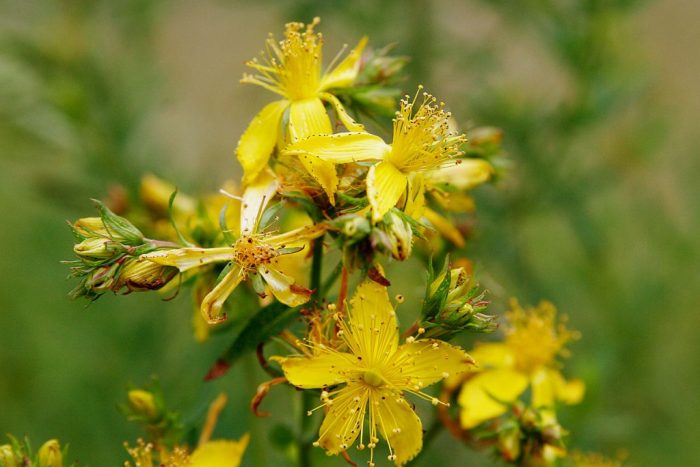
In Germany it is medically accepted as an effective treatment for depression and in Turkey it is used to cure boils, burns, cuts, cold sores, piles, insect bites, muscle pain and ear-ache. It is even sold by pharmacists to treat dog bites as it is proven to be anti-bacterial and anti-inflammatory.
It is also undergoing trials to see if it is effective in treating age-related memory loss, and tests on mice are positive so far. It is also traditionally used in some countries, (but not in Turkey) to reduce cravings for alcohol.
It has some negative effects though. It interacts with many commonly taken drugs, so should never be used if you are taking prescribed medicine without first checking with your doctor, especially if you are taking anti-depressants. It also makes skin sensitive to sunlight, so if you use it you have to keep well in the shade. It is poisonous to cattle, but the effects of the poison are reduced if the animals are kept out of the sun.
It is a common weed, so now you’ve seen the picture, you will notice it everywhere, especially in spring. To make the tincture, collect either the buds of the plant or the seed pods and put them in jars for 24 hours, then pour olive oil on top and leave the jars in the sun for six to eight weeks. Strain the resulting red liquid into bottles. The whole plant is often pulled up and dried and used as tea and, in other countries, 40 grams of flowers are infused in 1 litre of wine, left for a month, strained and sweetened and two tablespoons are taken daily as a pick-me-up!
Thyme – Dağ Kekiği
One of the most common remedies in the Bodrum area. Even Tansaş is selling commercially produced thyme water. Go for a walk on any of the higher hills around Bodrum and you will find this herb. Thyme is said to invigorate mental faculties. Rub the herb on your gums to treat gum disease and gargle with thyme water to ease a sore throat or cough.
The two volatile oils in thyme, thymole and carvacole, are anti bacterial.
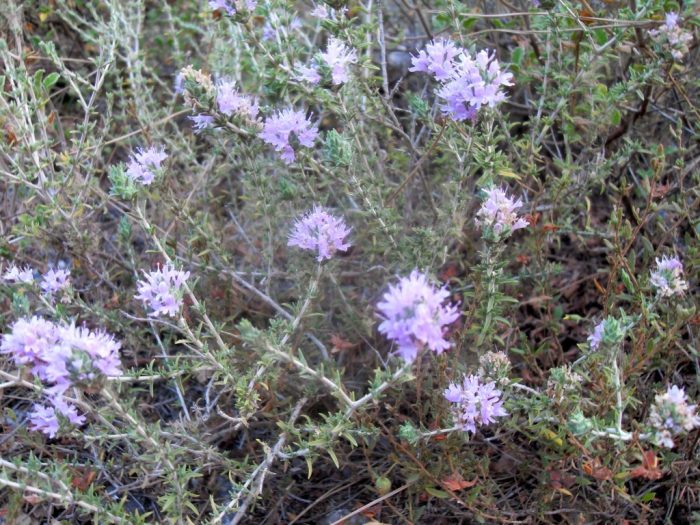
Modern tests have proved that thyme and basil oil can decontaminate previously contaminated foods. Just one percent in solution reduces Shigella, an infectious organism that causes diarrhoea. Adding thyme to your salad dressing can protect you from food poisoning. Thyme water also soothes indigestion, relieves anxiety and boosts the immune system. Add thyme to your bath to ease rheumatism or add to a bowl of warm water and soak aching feet. For centuries man has added thyme to meat before it is cooked on charcoal. Apart from giving a fantastic flavour the anti-oxidant qualities of the oil, probably counteract the harmful effects of cooking over smoke
Thyme water is made by distillation. Put thyme and water into a large saucepan over a fire. Put a second, smaller, empty saucepan in the middle of the big saucepan put the big saucepan’s lid upside down over both. As the water boils, it captures the thyme oils in steam and as the steam hits the saucepan lid it condenses and runs into the small saucepan as thyme water.
Rosemary – Biberiye
Rosmarinic acid, a natural polyphenolic antioxidant found in rosemary, has been found to have anti-bacterial, anti-inflammatory, and anti-oxidant functions. Apart from rosemary, other popular herbs like sage, mint, oregano and thyme also contain appreciable levels of rosmarinic acid.
Rosemary oil distilled from the flowers is known to be astringent and a stimulant. Its oil is used externally as an anti-irritant to soothe painful ailments like gout and rheumatism.
Rosemary herb extractions when applied to the scalp can help prevent dandruff. Rosemary tea is a natural remedy for nervous headache, colds and depression.
At Northumbria University students were tested before and after sniffing rosemary. Results show that those using rosemary improved both their speed and accuracy.
Purslane – Yabani Semizotu
Not really used as a medicinal plant, and one that is overlooked and often thrown away. Gardeners think of it as a weed, but in dry climates it actually traps water in the soil and its roots help companion plants to find water, so if you’ve been pulling it out of your flower beds, stop now.
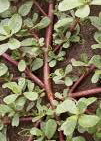
It is important because it contains more omega 3 fatty acids than any other plant, more than some fish. It is also rich in Vitamin A and C. If you are a vegetarian, I recommend you have a constant supply in your garden.
Has anyone ever bought a bottle of melatonin to help them combat jet-lag and get a good night’s sleep? Purslane contains 10 to 20 times more melatonin than any other fruit or veg.
Warning – do not confuse this with Spurge. Spurge stems are wiry, not fleshy like purslane and when stalks are snapped a white sap oozes. Spurge is poisonous.
French lavender – Kara baş otu
French lavender tea is used in Turkey mainly to remedy forgetfulness, and is thought to be useful against Alzheimer’s disease. It is also used for good blood flow and against coughs.
The tea is sold in Turkey as a cure-all for heart and circulation problems, stress, insomnia, prostate problems, high cholesterol, for shifting mucus, bronchitis, muscle pains, headaches, and hand tremors.
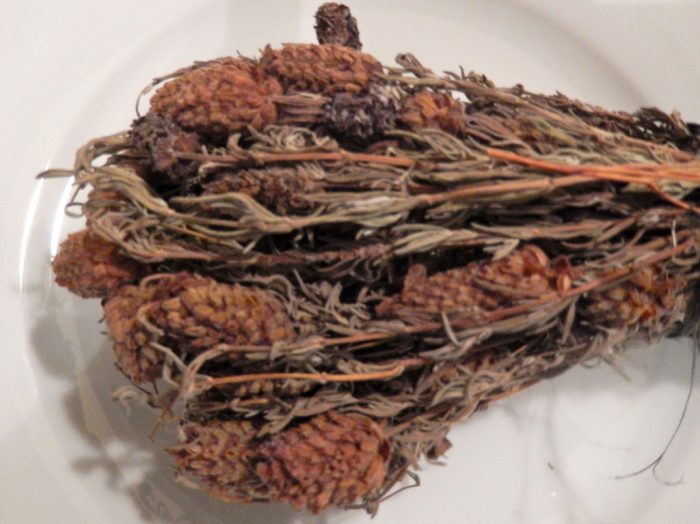
Use the flowers to make tea, and either drink or use the liquid to bathe an aching area. Or mix the flowers with honey and eat.
Sage tea – Ada Çayı
Another universal cure, but with good reason. Sage tea may help keep cholesterol in check, according to a small study published in the International Journal of Molecular Sciences in 2009. After four weeks of regular consumption of sage tea, six healthy female volunteers showed a reduction in LDL (bad) cholesterol and an improvement in total good cholesterol levels.
There’s some evidence that sage leaves may be beneficial for reducing hot flushes. For instance, in a study in Italy researchers gave 30 menopausal women a three month treatment with a combination of sage-leaf tea and results showed that hot flushes completely disappeared in 20 women, while an additional four women showed “good improvement” in hot flushes.
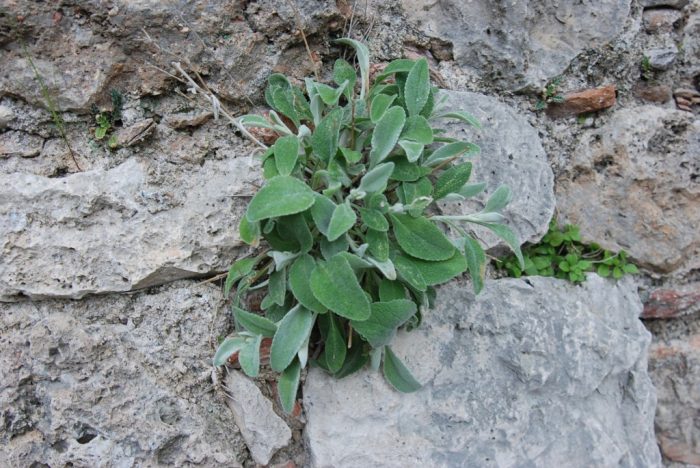
Sage is among the herbal plants that are considered being of benefit to patients with diabetes. A university study in Portugal in 2006 showed sage had a metformin-like effect by lowering the blood glucose of animals. Use it only under the supervision of your doctor if you are diabetic.
In a 2005 study, sage tea instead of water was administered to rats for 14 days. Results showed up to a 24% increase in antioxidant levels in their livers. Sage tea also protected lipids in the liver against damage from liver toxin.
In a 2006 study, healthy volunteers took 300 or 600 mg of dried sage leaf before performing a stress-simulation test. Both doses improved mood before the stress test. The higher dose improved alertness and calmness and resulted in higher test scores. Its metformin properties may curb your appetite.
And in antiquity? The Latin name for Sage is Salvia – meaning “to save”. Pliny, Dioscorides and Galen all recommended sage as a diuretic, a local anaesthetic, a tonic, to clean wounds and stop bleeding and as a cough medicine. In the middle ages it was one of the herbs used in vinegar to ward off the plague.
Linden Flower Tea – Ihlamur
Linden is an herb that comes from various species of Tilia, or lime tree. The flowers were historically used to soothe nerves and treat health problems associated with anxiety.
These flowers were steeped as a tea to relieve indigestion, irregular heartbeat, and vomiting. Today, linden is used in many cough and cold remedies. Active ingredients in linden help promote sweating, which may help treat people with fevers.
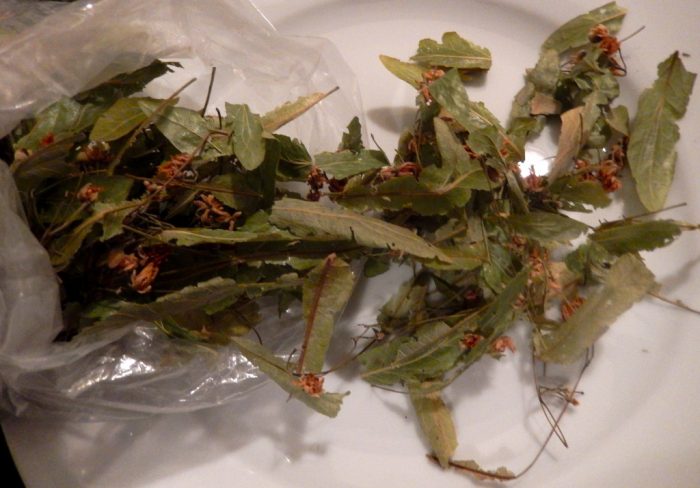
Tilia has been studied in only a few test tube and animal trials. It appears to have antispasmodic (reducing muscle contractions), astringent (drying), diuretic, and sedative properties.
Frequent use of linden has been linked with heart damage. Do not use without medical supervision if you have heart disease.
Milk Thistle – Deve Dikeni
Milk thistle is a common plant in the Aegean. The seeds are used in herbal medicine. The root is eaten as a vegetable.
Milk thistle is used for liver disorders, including liver damage caused by chemicals, mushroom poisoning, jaundice, chronic inflammatory liver disease, cirrhosis of the liver, and chronic hepatitis. Nevertheless, researchers have not yet concluded with certainty that milk thistle is effective for any of these uses.
Milk thistle is also used for loss of appetite, heartburn (dyspepsia), and gallbladder complaints.
In foods, milk thistle leaves and flowers are eaten as a vegetable for salads and a substitute for spinach. The seeds are roasted for use as a coffee substitute.
Milk thistle gets its name from the milky sap that comes out of the leaves when they are broken. The leaves also have unique white markings that, according to legend, were the Virgin Mary’s milk.
Some research shows taking milk thistle with anti-histamine improves the efficiency of the anti-histamine medication.
There is conflicting evidence about whether milk thistle is effective for treating alcohol-related liver disease, but herbalists recommend it. It is accepted that milk thistle changes how the liver breaks down some drugs, making some more effective and some less. Be careful how you use it.
Juniper – Ardıç
Juniper is used mainly for urinary problems. Juniper’s main medicinal components is 4-terpinen, which might help lower uric acid levels.
A study from Tunisia in 2011 tested the chemical makeup of juniper berries and concluded they may be useful against diseases of the brain and blood vessels. This potential is due to the berries’ high levels of unsaturated fats and antioxidants.
If heartburn and indigestion are your problem, juniper could help. Juniper is one of a group of herbs referred to as bitters. When you eat bitters they cause saliva, digestive enzymes and stomach acid secretions to increase. This helps break down food and improves digestion.
On-going research is finding that juniper may be useful in fighting bacteria that has become resistant to antibiotics. And it may be used in the future to fight MRSA.
Long-term use of juniper can cause kidney problems, so limit your use to six weeks, and avoid the berries if you have kidney problems. Consult your doctor before starting to take any supplement.
Juniper Molasses – Andiz Pekmezi
There is a tasty way to eat juniper. In south-east Turkey the fruit is made into molasses. The berrıes are collected, then bashed with a hammer and put in a vast vat of water to soak. The liquid is then strained off and boiled in successive caldrons, until a thousand litres is reduced to a hundred litres and a thick syrup results. All pekmez is a good source of calcium, potassium and magnesium and locals say juniper molasses is good for treating of coughs, bronchitis and hepatitis.
Beetroot – Pancar
Good reasons to eat beetroot or drink the juice:
- it can lower your blood pressure. Drinking beet juice may help to lower blood pressure in a matter of hours. One study found that drinking one glass of beet juice lowered systolic blood pressure by an average of 4 to 5 points. The benefit likely comes from the naturally occurring nitrates in beets;
- it can boost your stamina. Those who drank beet juice prior to exercise were able to exercise for up to 16 percent longer. Athletes used it in the 2012 London Olympics;
- it can fight inflammation. Beets are a unique source of betaine, a nutrient that helps protects cells, proteins, and enzymes from environmental stress.
- Beetroot extract is being studied for use in treating human pancreatic, breast, and prostate cancers and it is rich in valuable nutrients and fibre. Beets are high in immune-boosting vitamin C, fibre, and essential minerals like potassium (essential for healthy nerve and muscle function) and manganese (which is good for your bones, liver, kidneys, and pancreas). Beets also contain the B vitamin folate, which helps reduce the risk of birth defects.
Poisonous Beauty – Zehirli Güzeller
Please avoid the following four plants.
Oleander – Zakkum
It is toxic to mammals. Sheep, horses and cattle can die if they eat enough of the leaves, but animals know to stay well clear. Local beekeepers tell me that bees feeding on the oleander flowers are said to produce hallucinogenic honey. Recently Deli Bal has been in the press. It is famous on the Black Sea coast. It is made from rhododendron pollen and a teaspoon full can turn your lips numb and send you on a mind-bending trip.
Dr H Ziya Özel, chief doctor at Muğla State Hospital in the 1980s, claimed he used an extract of oleander to cure cancer patients .
Periwinkle Vinca – Top (Roset) Çiçek
Scientists investigating this plant discovered that it contains vinblastine which is now used to treat childhood leukaemia, increasing the chance of survival from 10 percent to 95 percent, and vincristine which is used to treat Hodgkin’s disease. The plant is also known as the flower of death, as it is poisonous when used incorrectly. An overdose is potentially fatal. A less dangerous use is to make a poultice of the leaves to treat wasp stings.
Mandrake – Adamotu
A warning! A 69-year-old man, who was confused and very agitated, was admitted to an emergency department. He had high blood pressure of 160/100 mmHg a fast heart beat and couldn’t pee. Four hours earlier he had eaten mandrake root as a herbal Viagra. In the UK symptoms for this kind of poisoning include “hot as hades, blind as a bat, dry as a bone, red as a beet, mad as a hatter”.
The fruit is used as a topical cream for skin infections. You may see it in market stalls. Do not eat!
Dragon Arum – Yılan Yastığı
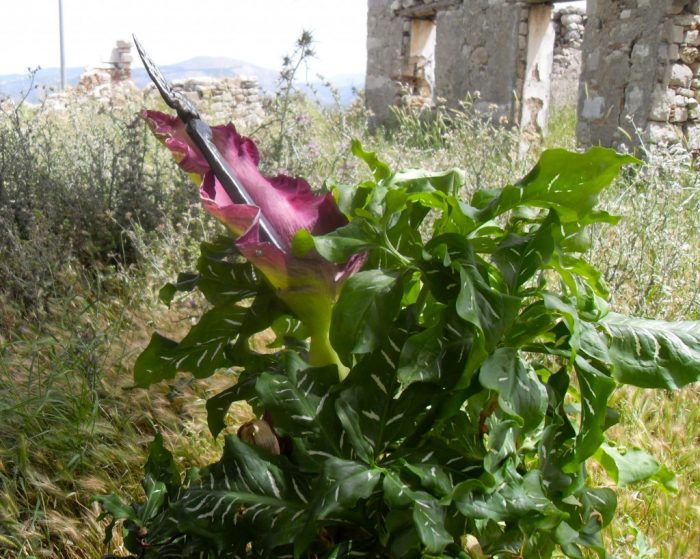
This one is just for fun. Smells like rotting meat. It is pollinated by flies rather than bees, attracted to the smell. Don’t attempt to eat it as it is poisonous, but local lore says that if you carry the roots or leaves with you, snakes won’t come near you. Can’t vouch for this but let me know if you experiment.
And finally,
Snails – Salyangoz
The healing and repairing powers of the slime is well known.
It contains a perfect balance of beneficial components including glycolic acid, collagen elastin, allantoin, vitamins and minerals.
Leeches – Sülük
Turkey has the best natural habitat for leeches and Turkey produces 80 percent of leeches used in medicine. Today, doctors use leeches for treating abscesses, painful joints, alopecia, psoriasis and medical leeches are used in plastic surgery for improving blood circulation.
In conclusion let me assure you that I do enjoy just sitting and looking at my garden but I find it fascinating that we have so many medically recognised remedies at hand. In addition to the ones I have mentioned here, there are hundreds more to investigate.
Annie Onursan lives in Bodrum and Kurudere near Mumcular. She is not a doctor or a herbalist but is interested in the health-giving benefits of local plants. Visit her blog http://backtobodrum.blogspot.com.tr/
